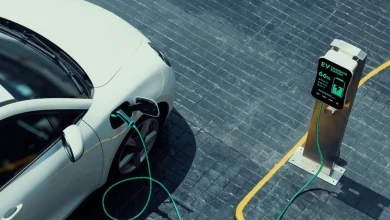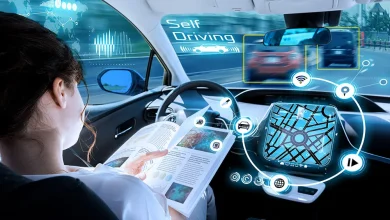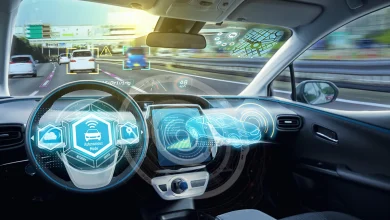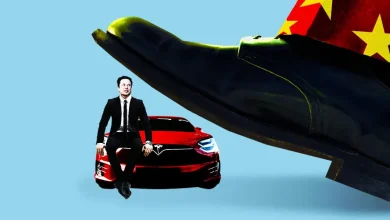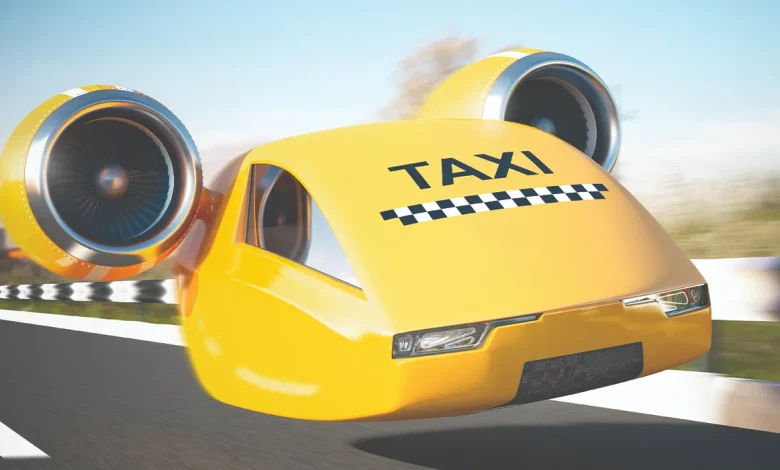
Will Flying Taxis Dominate the Skies Before 2040?
Experts predict that flying taxis may fill our skies before 2040. But how realistic is this futuristic form of urban transport?
The idea of flying taxis might sound like science fiction, but industry leaders are convinced it’s becoming reality—sooner than most expect. According to Frost & Sullivan’s Vice President Mike Rowe, the world could need over 2.5 million flying taxis by 2040. These vehicles, often referred to as eVTOLs (electric vertical takeoff and landing aircraft), are being tested in cities like Paris, Dubai, and Los Angeles.
The goal is to reduce ground traffic, offer faster commutes, and operate using sustainable electric power. Multiple companies—including Volocopter, Joby Aviation, and Archer—are already conducting trial flights. While challenges remain, momentum is growing around the potential of flying taxis to reshape how we travel through cities.
Big Promises, Bigger Challenges
While flying cars and taxis are being hyped as the next transportation revolution, there are many hurdles ahead. Air traffic regulation, noise concerns, public trust, and high production costs are still major obstacles. Additionally, each flying taxi would require strict safety certifications, reliable air corridors, and advanced infrastructure like vertiports.
Industry insiders admit that real progress depends on a mix of government approval, continued technological innovation, and market demand. Still, many are optimistic. Companies are pushing forward with prototypes, and some expect commercial flights to begin by 2026 in select cities.
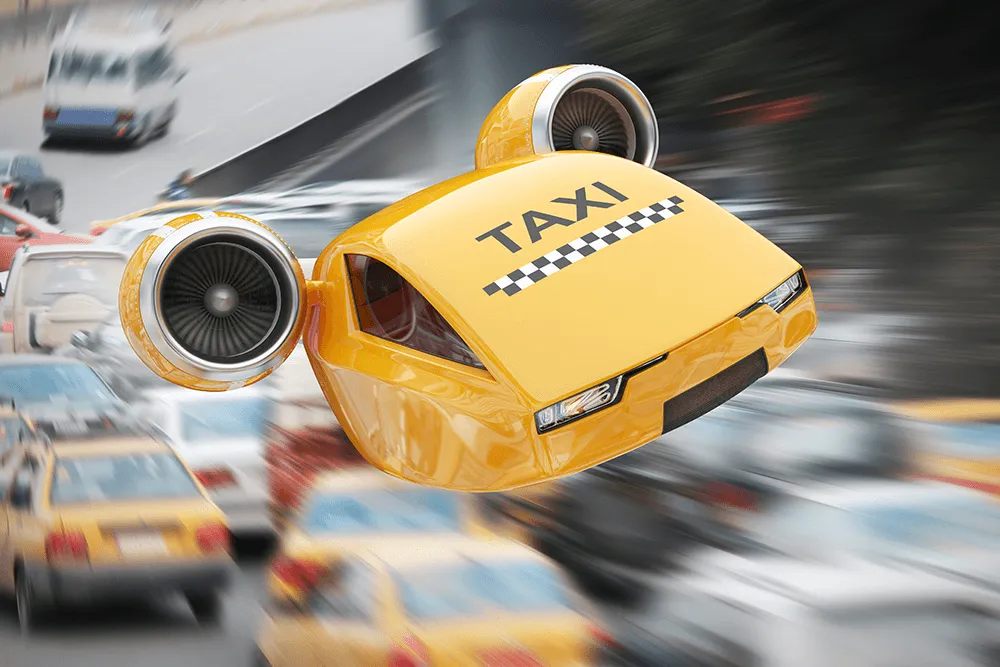
Who’s Leading the Race?
Several players are racing to bring flying taxis to market. Volocopter is working closely with German and EU regulators. Joby Aviation is targeting U.S. urban hubs with backing from NASA and Toyota. Meanwhile, EHang is actively testing autonomous aerial vehicles in China, focusing on both tourism and daily commuting use cases.
These firms envision a network of airborne ride-hailing services, seamlessly integrated with current transportation systems. If successful, flying taxis could reduce urban congestion, cut travel times, and offer eco-friendly transport options—all while flying above the chaos of city streets.
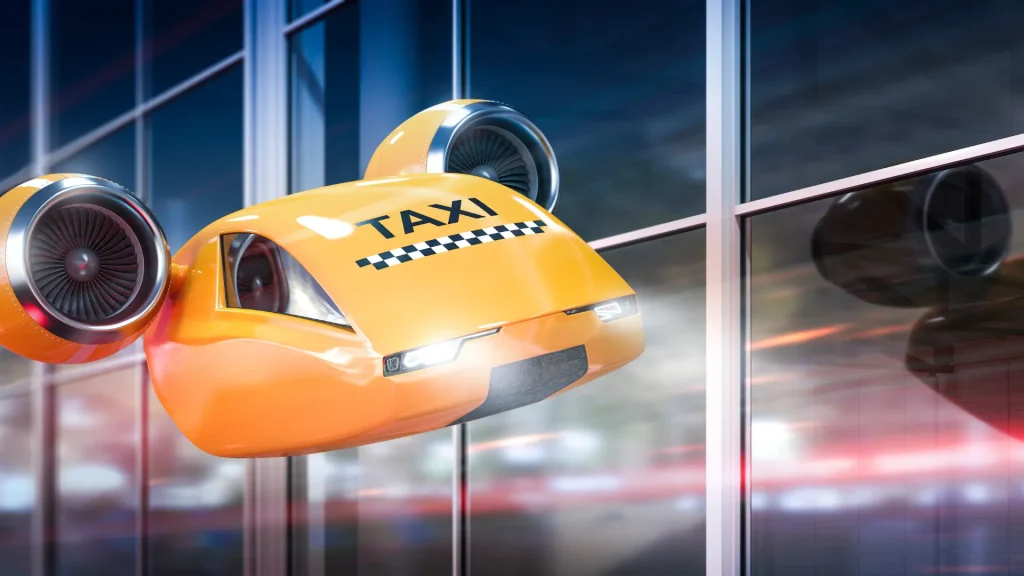
Will the Skies Be Crowded by 2040?
Projections are ambitious. Mike Rowe estimates that by 2040, cities will rely on millions of flying taxis to manage both personal and commercial air traffic. However, mainstream adoption depends on more than technology—it requires public confidence and international coordination.
By 2040, we may not all be flying to work every day, but it’s increasingly likely that air taxis will be a common sight above major cities. As airspace becomes more organized and accessible, flying taxis may shift from a novelty to a necessity in urban life.
